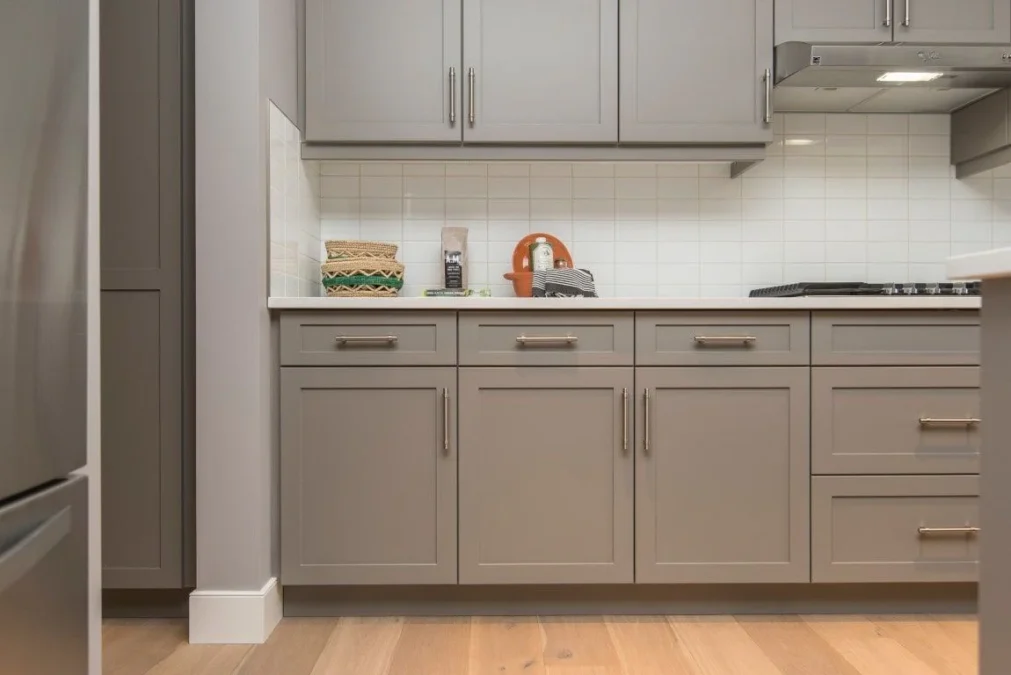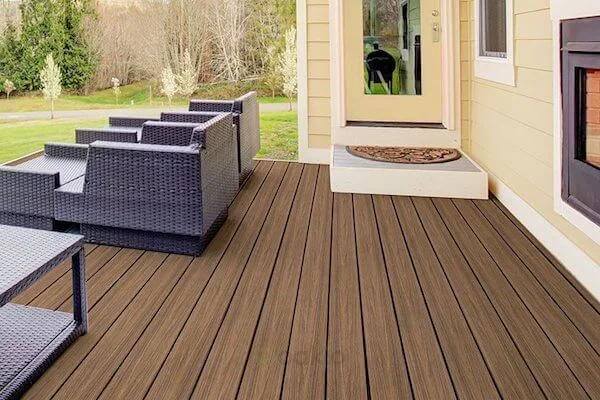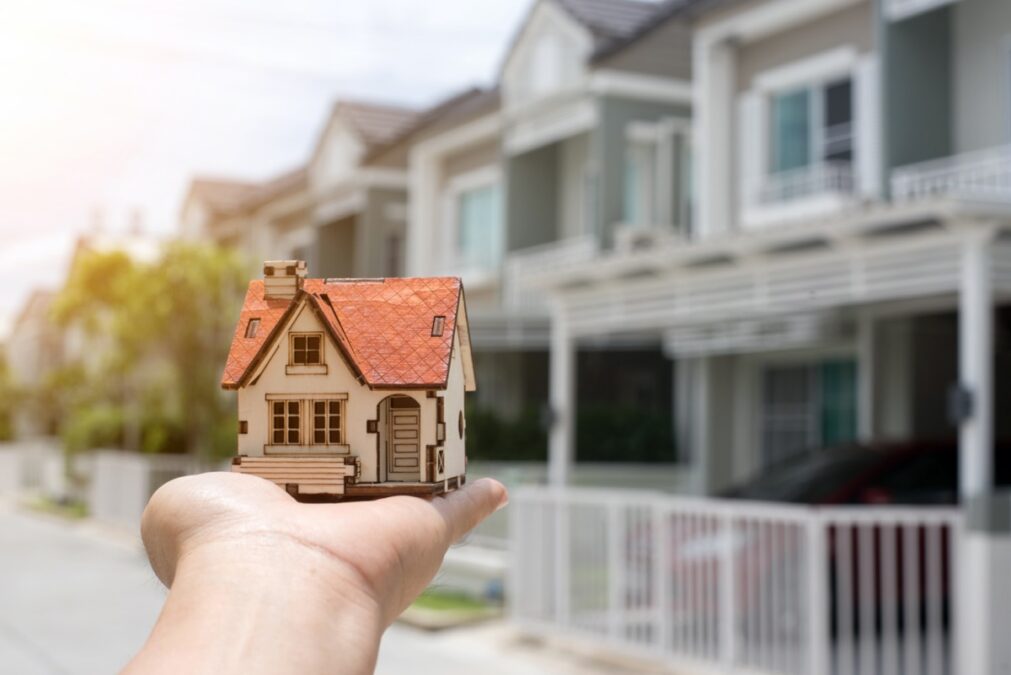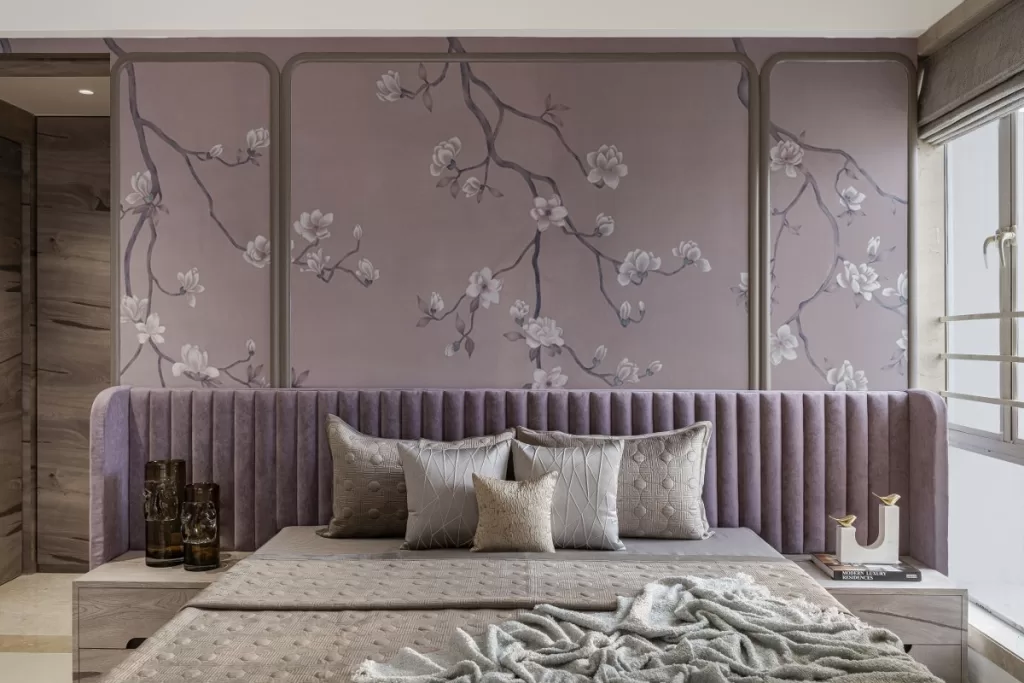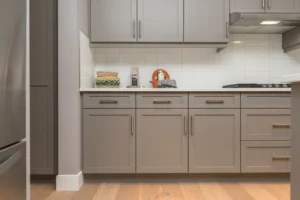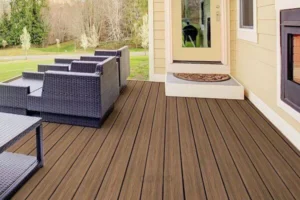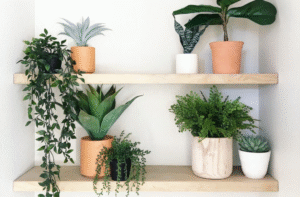Table of Contents
ToggleWall moulding design has long been a symbol of timeless elegance and sophisticated charm in interior decoration. From classic wainscoting to modern panel molding, wall moulding can instantly elevate the aesthetic of a room, adding texture, dimension, and an undeniable sense of refinement. Whether you’re planning a major renovation or just looking for ways to refresh a single wall, incorporating the right wall moulding design can make all the difference.
In this comprehensive guide, we’ll explore the world of wall moulding design, covering different types, styles, materials, installation tips, and expert insights. By the end, you’ll have all the knowledge you need to confidently plan your next interior upgrade.
What Is Wall Moulding Design?
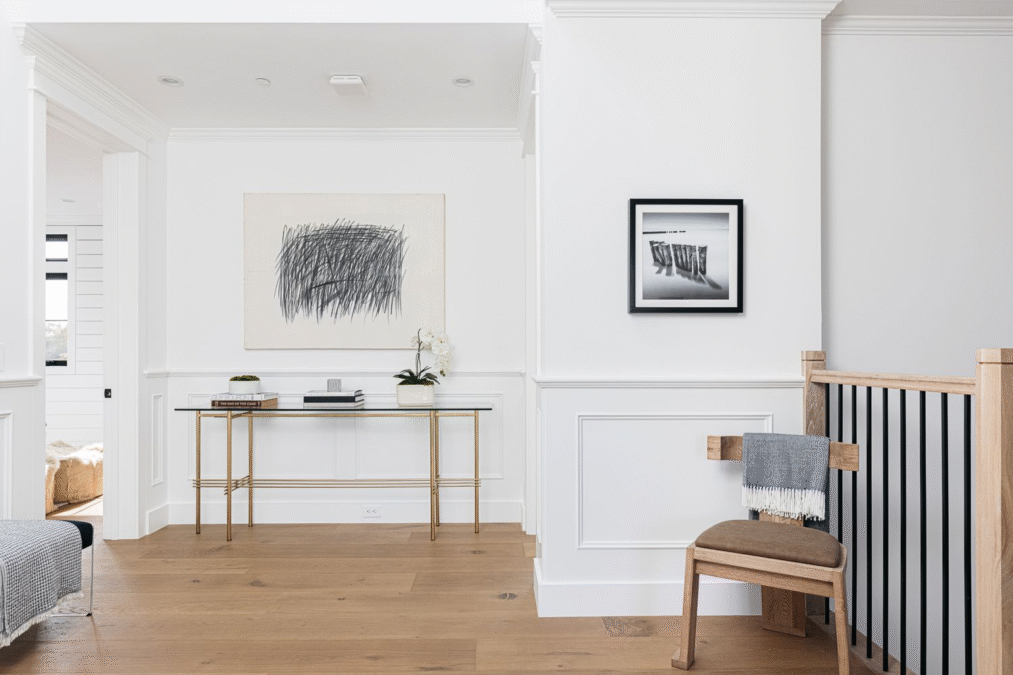
Wall moulding design refers to the decorative trim or panelling that is applied to interior walls to create architectural interest. It can be purely ornamental or functional, helping to protect walls from scuffs and dents while enhancing visual appeal. Wall mouldings come in a variety of styles, from intricate traditional designs to sleek, contemporary profiles.
Popular Types of Wall Moulding Designs
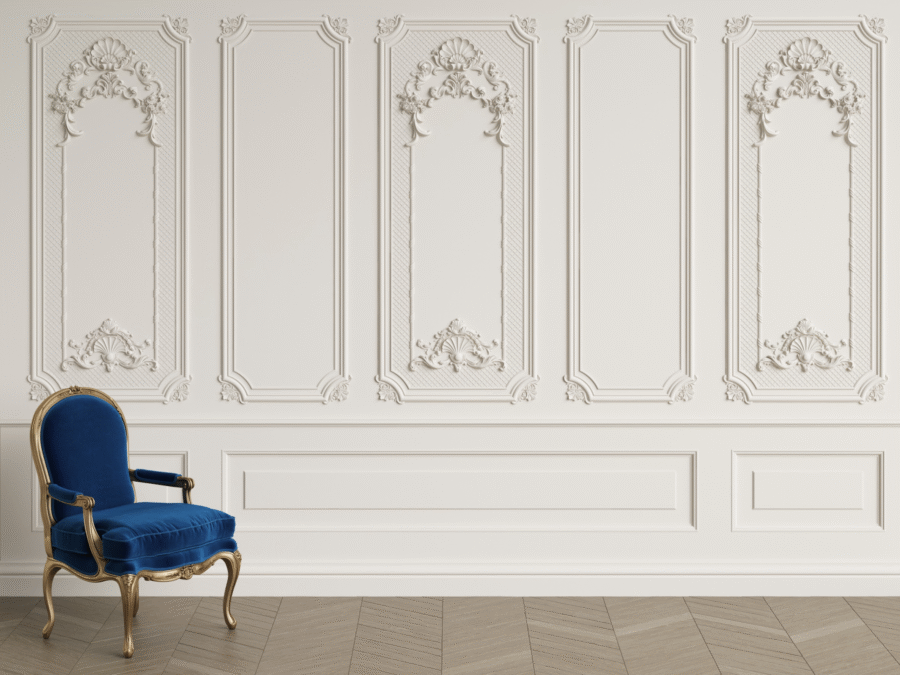
Crown Moulding
Crown moulding is perhaps the most iconic form of wall trim. Installed where the wall meets the ceiling, it adds a regal finish to any room. Traditionally used in formal spaces like dining rooms and libraries, today’s crown moulding designs also complement modern interiors.
Chair Rail
Chair rails were originally designed to protect walls from chair backs but have become a stylish element that divides walls horizontally. They allow for creative use of contrasting colors or wallpaper designs above and below the rail.
Wainscoting
Wainscoting involves covering the lower portion of walls with wood panels or beadboard. It offers a sophisticated look while adding durability and protection to high-traffic areas like hallways and staircases.
Picture Frame Moulding
This wall moulding design uses rectangular or square frames applied to the wall’s surface, creating a gallery-like effect. It’s perfect for those wanting a minimalist yet artistic vibe in their spaces.
Baseboards
Baseboards are installed at the bottom of the walls and serve both aesthetic and practical functions. They hide uneven flooring edges and protect walls from scuffs.
Modern Wall Moulding Design Trends

Geometric Patterns
Forget plain rectangles—modern moulding embraces geometric shapes such as hexagons, diamonds, and chevrons. These patterns bring a bold, dynamic feel to otherwise plain walls.
Bold Colors
While traditional moulding is often painted white, designers are now experimenting with bold, dark colors like navy, emerald green, and charcoal gray to create a statement.
Minimalist Profiles
In contemporary homes, slimmer, minimalist moulding profiles are gaining popularity. They provide subtle texture without overwhelming the space.
Choosing the Right Material for Wall Moulding

Wood
Solid wood mouldings, such as oak, pine, or poplar, are durable and can be stained or painted. However, they are sensitive to moisture, making them less suitable for bathrooms.
MDF (Medium Density Fiberboard)
MDF mouldings are a popular, budget-friendly alternative. They paint well and are perfect for interior applications, although they can be less durable than wood.
Polyurethane
Polyurethane mouldings are lightweight, resistant to moisture and insects, and ideal for intricate designs. They are perfect for DIY projects due to easy installation.
PVC
PVC moulding is waterproof and great for bathrooms, kitchens, or outdoor applications.
Installation Tips for a Perfect Wall Moulding Design
- Measure Accurately: Always double-check your measurements before cutting.
- Use the Right Tools: Invest in a miter saw for perfect angles.
- Pre-Paint Before Installation: Painting mouldings before installing saves time and creates a cleaner finish.
- Choose the Right Adhesive: For lightweight mouldings, construction adhesive is usually sufficient. Heavier materials may require nails.
- Sand and Caulk: Smooth any rough edges and fill gaps for a seamless appearance.
Real-Life Examples of Stunning Wall Moulding Designs
Elegant Living Room Transformation
A dated living room was completely transformed by adding picture frame mouldings painted in a soft white, contrasting with a navy-blue background. The result? A sophisticated, high-end look without a massive budget.
Modern Bedroom Makeover
Geometric wall moulding designs in a matte black finish turned a plain master bedroom into a chic retreat, proving how contemporary wall moulding can be both bold and elegant.
Benefits of Incorporating Wall Moulding Design
- Enhances Property Value: Quality moulding can significantly increase your home’s resale value.
- Adds Character and Dimension: It breaks the monotony of flat walls, creating visual interest.
- Customizable: From Victorian elegance to modern simplicity, moulding can be tailored to fit any design style.
- Budget-Friendly Upgrade: Compared to major renovations, wall moulding offers a relatively inexpensive way to transform a space.
Common Mistakes to Avoid
- Ignoring Room Proportions: Oversized mouldings in small rooms can feel overwhelming.
- Poor Installation: Misaligned corners or visible nails ruin the polished effect.
- Mismatched Styles: Traditional crown moulding in an ultra-modern room can feel out of place without thoughtful integration.
People Also Ask (FAQs)
What Is the Best Wall Moulding for a Modern Home?
Minimalist profiles and geometric wall moulding designs in neutral or bold tones work best for modern homes.
Can You Install Wall Moulding Yourself?
Yes! Many wall moulding options are DIY-friendly, especially lightweight materials like MDF and polyurethane.
How Much Does Wall Moulding Cost?
Depending on the material and complexity, wall moulding can range from $1 to $10 per linear foot, excluding installation.
Should Wall Moulding Be the Same Color as the Wall?
It depends on the style. Matching colors create a subtle texture, while contrasting colors make the moulding a focal point.
How High Should Chair Rail Moulding Be?
Typically, chair rails are installed about one-third the way up the wall, or around 32 to 36 inches from the floor.
Conclusion
Wall moulding design is a versatile and impactful way to enhance any space, whether you prefer traditional elegance or modern minimalism. With countless styles, materials, and trends to choose from, you can customize your moulding project to match your unique taste and budget. By understanding the basics, exploring creative options, and avoiding common pitfalls, you can achieve a professional-quality result that transforms your home.

